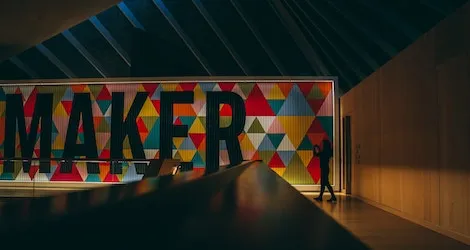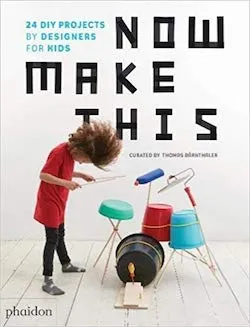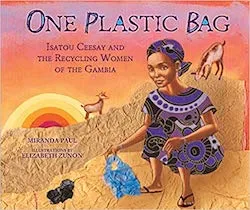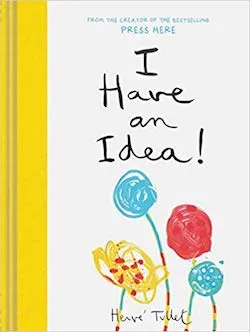
Great Makerspace Books for Children
This content contains affiliate links. When you buy through these links, we may earn an affiliate commission.
Makerspaces, also known as ‘hackerspaces,’ refer to spaces used by members of the public for content creation. They are community spaces where people can gather to collaborate, share resources, and create new objects or knowledge using a variety of tools. In the early to mid- 2010s, makerspaces were the great new trend in libraries. There was a new focus on library users as citizens and creators instead of just readers, scholars, and consumers. The physical spaces and architectural forms of the library were also changing, with newer libraries being designed with more open spaces, more lighting, and soft furnishings. Additionally, there was a move towards designating ‘makerspaces’ and creative spaces in libraries. The emphasis of public libraries as a site or resource for content creation is highlighted by the 2015 National Library Week in the US, when libraries and library users were encouraged to share on social media what they have created using library resources and tag the posts with the hashtag #librarymade.
One of the great things about makerspaces, and why I think they work well in libraries (whether public, school, or state libraries), is because one of the core requirements of using a makerspace is the same as one of requirements for using books, another of libraries’ resources — imagination. There is value in creative thinking, problem-solving, imagination, experimentation, and play. They allow us to think of new possibilities and creations. This is especially so when we consider how our kids might be spending their free time. Do they have opportunities for play, for invention, for problem-solving, for creativity, for imagination?
Below is a list of books that I think would be great additions to a makerspace library for children. If you don’t have access to a makerspace at your library, or want to do additional tinkering at home, these books can also be inspirational or instructional for any at-home makers and creators. (These books are all aimed at slightly different age groups, so they are for different skill levels of your young maker.)
This book is a great instructional book that I think exemplifies what the makerspace movement was all about. There are 24 projects by designers for kids, and include things like a drum set by a designer of chairs and lamps; cut and fold masks by a designer who has designed hotels, schools, and a library; and copters by someone who designs vases and lamps. There are clear step-by-step instructions with photos of the components and finished product of each project. (instructional book)
This is a wonderful true story of how one harmless plastic bag can turn into hundreds of plastic bags that end up ruining the environment, and what one African woman did to alleviate the problem. Isatou Ceesay saw the damage plastic bags was causing, so she and a group of women from her village set about cleaning the bags and crocheting them into purses — turning rubbish into a valued product. I’m including this book on this list because it highlights how ingenuity, creativity, and making things can do great things for the planet.
Similar to What Do You Do With An Idea?, this is a book that encourages us to keep teasing our ideas and letting them grow into something big and wonderful. Tullet used paint and minimal colours to create a lively book where it feels like the ideas are leaping off the page.














